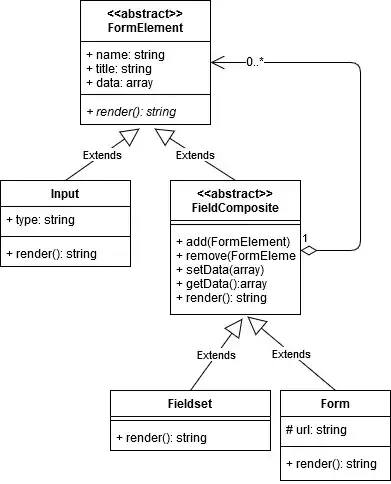I have been working on an Android application for some time, and ever since the beginning I've developed a practice of splitting my class's (mostly activity/fragment) code up into multiple files.
This is because the Udemy course from which I learned Android development had an instructor who followed this practice.
These files contain 1-2 functions, some of which are Kotlin extension functions and some of which are not.
Example:
I actually have kind of liked this practise, but at times I recognise the fact that it can be obsessive and overkill. This is because sometimes I even make new files for functions that have 1-2 lines of code.
I am posting this as I have received many complains from people that this practice I have is bad and is making the code hard to read.
I believe in the contrary, as it allows you to easily view commit logs for specified files/features, it makes it much easier to navigate between different functions, and having one big class with 5000 lines of code for me seems hard to read.
I am just posting this for feedback: is this a good practice? If not, what can I do instead?
